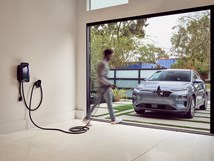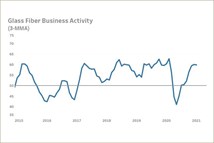V2V Tech on Hold as Developers Await White House Guidance
Carmakers are eager to introduce vehicle-to-vehicle communications in the U.S., but they won’t take action until the government sets rules for the technology, Bloomberg News reports.
#regulations
Carmakers are eager to introduce vehicle-to-vehicle communications in the U.S., but they won’t take action until the government sets rules for the technology, Bloomberg News reports.
So-called V2V enables nearby cars to track each other’s movements, thereby reducing the likelihood of crashes. The technology will be a key enabler of fully autonomous vehicles, but only if most cars are equipped with the $350 system.
Regulators in the Obama era pushed to mandate V2V in new cars by 2023, but the Trump administration has shelved that plan. Without a federal rule requiring V2V, adoption of the technology will be slow. Proponents note that such systems could have an enormous impact on traffic safety—but not until most vehicles participate.
Last week Transportation Dept. Secretary Elaine Chao told reporters that state and local governments should take the lead in expanding V2V to enable cars to connect with infrastructure as traffic signals and road signs.
RELATED CONTENT
-
Porsche Racing to the Future
Porsche is part of VW Group and it is one of the companies that is involved in putting vehicles on the U.S. market with diesel engines in violation of EPA emissions regulations, specifically model year 2013–2016 Porsche Cayenne Diesel 3.0-liter V6 models.
-
Study: How States Should Update Traffic Laws for Autonomous Cars
U.S. states should require that all automated cars have a licensed driver on board, suggests a study by the Governors Highway Safety Assn.
-
Dubai to Test Digital License Plates
Next month Dubai will begin testing digital license plates that can display various messages, make payments and conduct other transactions.








